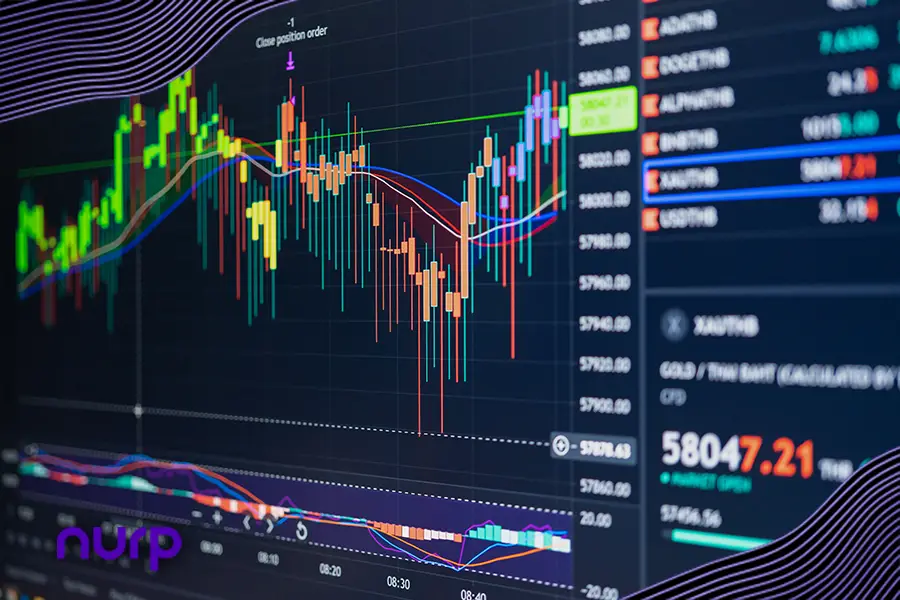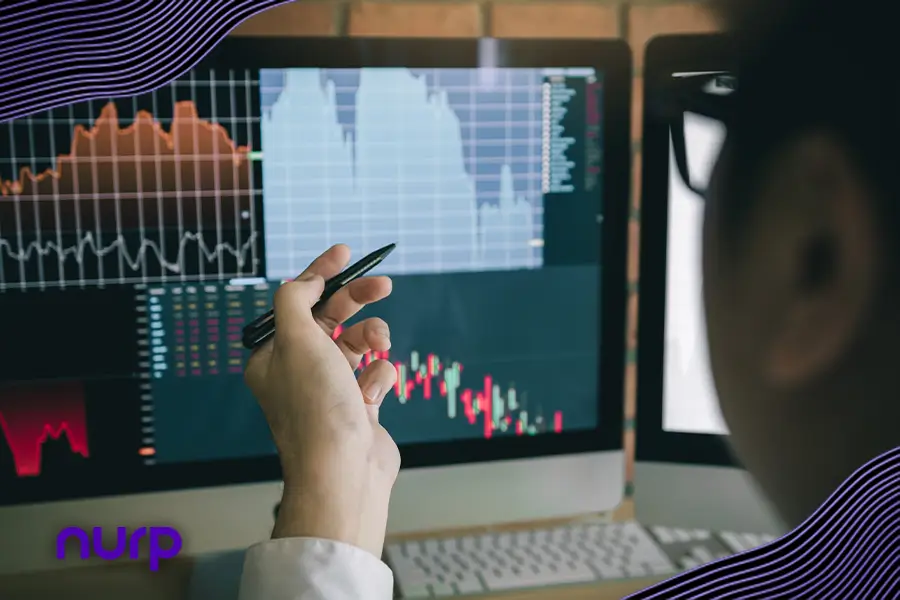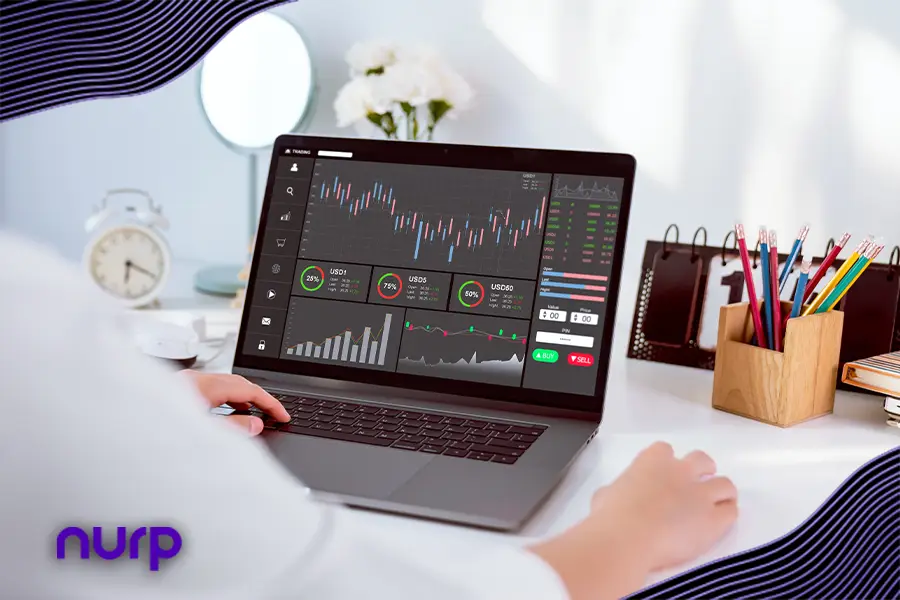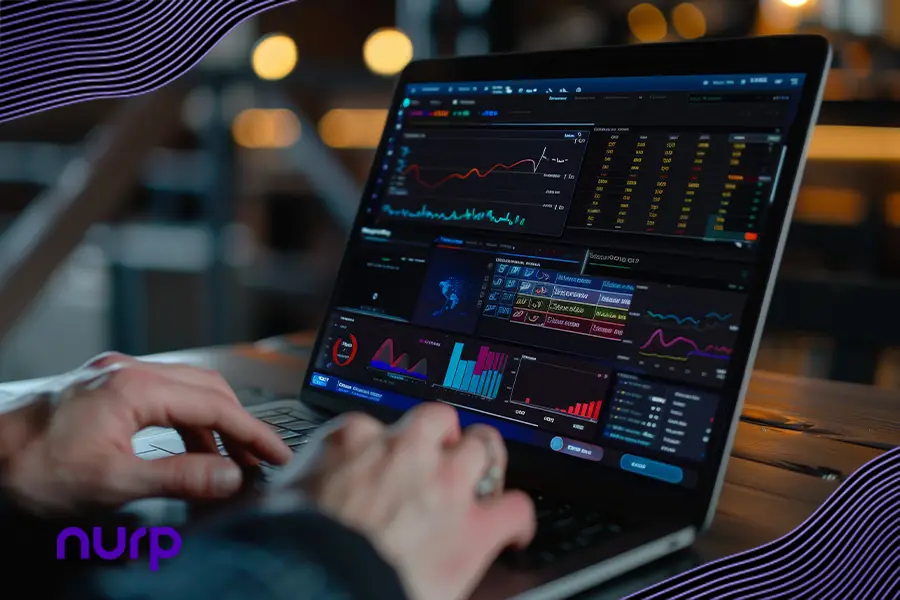Key Takeaways
Social media sentiment analysis provides traders with up-to-the-minute insights into market trends and reactions.
By monitoring social media sentiment, traders have a higher chance to identify potential risks early and adjust their strategies.
Sentiment analysis should complement traditional methods to form a well-rounded trading strategy.
The trading world is a fast-paced one, where every edge counts. While traditional analysis relies on financial statements, news reports, and economic indicators, a new player is emerging on the scene: social media sentiment analysis. But can this trendy approach really transform you into a trading genius? This article explores how the social media goldmine can potentially impact trading strategies.
Read More: Regulating the Crypto Arena: Could Crypto Regulation Increase Sentiment?
What is Social Media Sentiment Analysis?
Social media sentiment analysis uses advanced algorithms to analyze emotions, opinions, and attitudes in social media posts on platforms like Twitter, Reddit, and Facebook. By aggregating and interpreting real-time reactions to market events, company news, and economic changes, traders can gain valuable insights into market sentiment that traditional analysis might miss.
Why Social Media Matters in Trading
Social media platforms have become vital sources of information, where news breaks faster than anywhere else. A single tweet can send stock prices soaring or plummeting within minutes. By leveraging sentiment analysis, traders can anticipate these movements and act swiftly, gaining a crucial advantage over competitors.
How Sentiment Analysis Works
Sentiment analysis algorithms use natural language processing (NLP) to scan social media posts for keywords, phrases, and context, categorizing sentiment as positive, negative, or neutral. For instance, a surge in positive tweets about a tech company may indicate a bullish trend, while negative posts might signal a downturn. During events like earnings reports, positive buzz around a product can signal a good investment opportunity. Negative sentiment around regulatory changes or geopolitical issues can help traders adjust their positions early to mitigate risks. Incorporating sentiment analysis into trading algorithms can enhance decision-making, increasing profitability by leveraging real-time social media data.
Challenges and Limitations
While sentiment analysis offers exciting possibilities, it’s not without challenges. The sheer volume of social media data can be overwhelming, and distinguishing genuine sentiment from noise or misinformation is complex. Additionally, market reactions are influenced by numerous factors, and relying solely on social media sentiment can be risky.
Conclusion
Social media sentiment analysis holds immense potential to elevate your trading strategies. By providing real-time insights and helping anticipate market movements, it can indeed be a goldmine for traders. However, like any tool, it should be used as part of a broader strategy, complementing traditional analysis methods. It is crucial to always remember that trading is inherently risk, and one should only ever invest money they can afford to lose.
The post The Social Media Goldmine: Can Sentiment Analysis Make You a Trading Genius? first appeared on Nurp.com.






